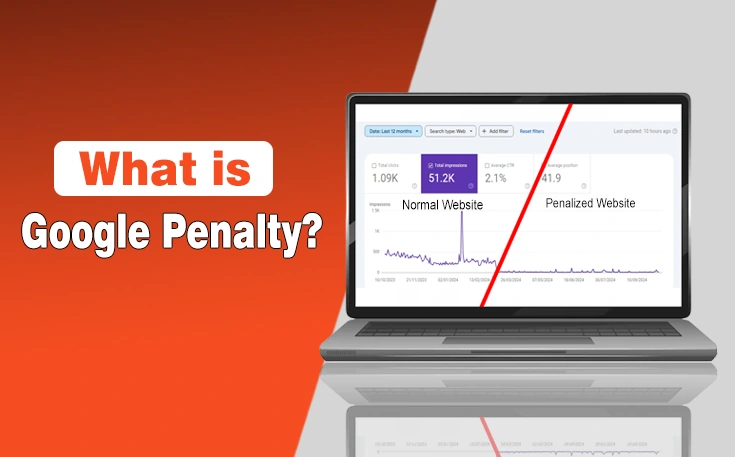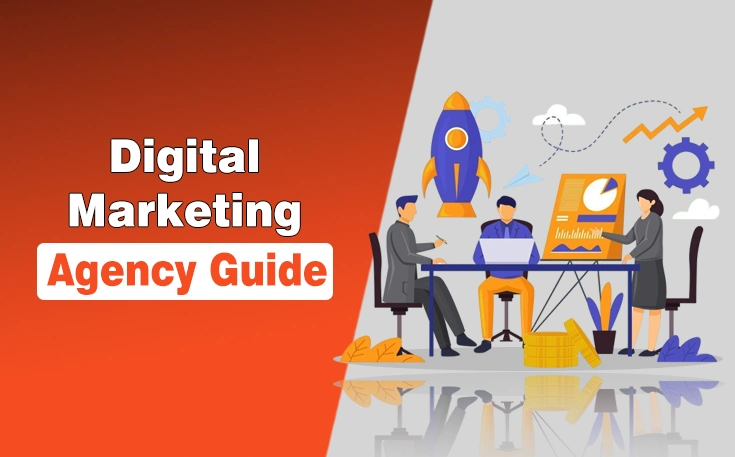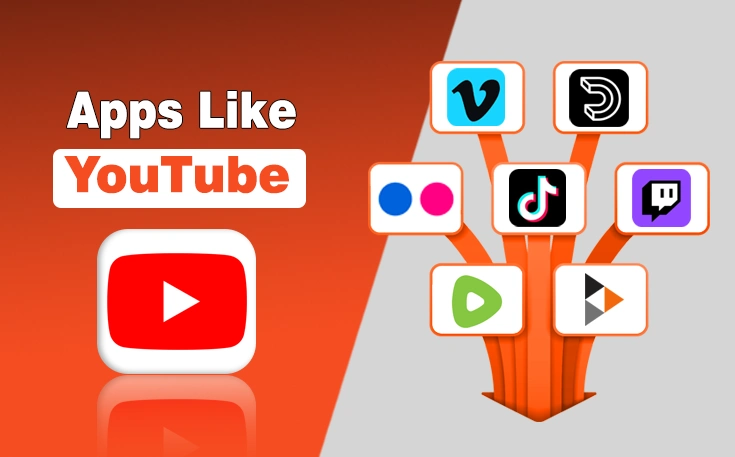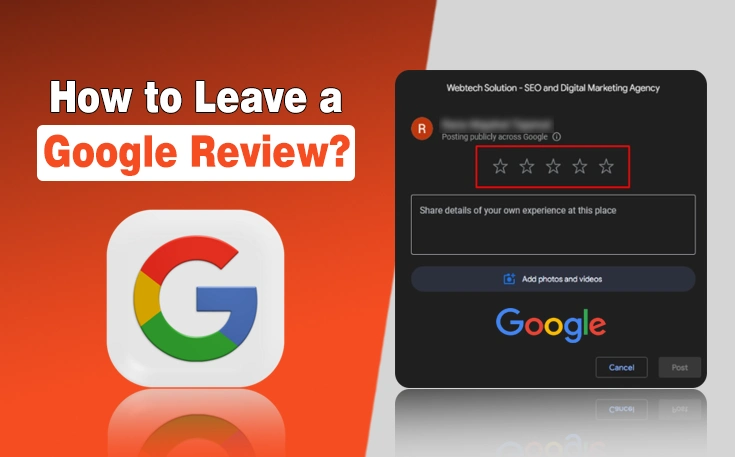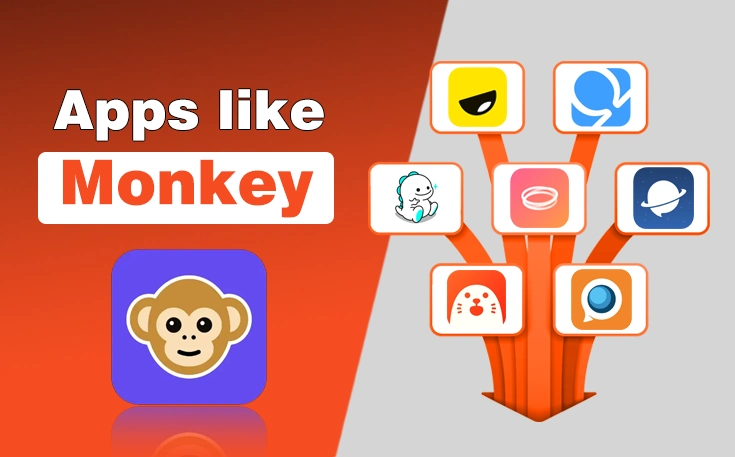Assets are the most important factors in human wealth and worth as well. In the digital world, your website is more than a collection of pages because it is also a human asset. The website serves as your online presence that helps you connect to individuals globally.
Mistakenly or intentionally, when a website owner violates Google’s policies, the search engine hits the website. Then, the website will be left empty handed and all the hard work will disappear in a blink of an eye. However, with greater consideration and effective strategies, you can recover from Google’s penalty. If you are also seeking solutions to Google penalty recovery, then I have compiled
Google penalties can feel like a harsh, unforgiving blow, especially when they come out of nowhere. Whether your site receives a penalty for something you knew about or caught you by surprise, recovering from it can be complex, frustrating, and, without help, even overwhelming.
What is Google Penalty?
In simple words, Google Penalty means that your site is no longer getting the same amount of traffic today as it was getting yesterday. It is usually indicated by a sudden drop in traffic. Also, if the keywords, on which your site was ranking, are not appearing at their regular position, you can anticipate that your site has received a penalty by the world’s largest search engine.
Types of Google Penalties
Dealing with a Google penalty can feel overwhelming, so penalty removal services are often crucial in helping businesses recover. There are two main types of penalties you need to understand.
- Manual Penalty: A manual penalty happens when someone from Google’s team reviews your site and finds it violates their guidelines. You’ll usually receive a notification in Google Search Console detailing what you have to fix.
- Algorithmic Penalty: On the other hand, an algorithmic penalty is triggered automatically by Google’s algorithms when your site displays patterns that don’t comply with best practices. For example, spammy backlinks or keyword stuffing.
Penalties, whether manual or algorithmic, can drastically reduce your site’s visibility and traffic. Identifying the type of penalty is the first step toward recovery. Plus, expert guidance becomes invaluable, especially if you’re not familiar with the technical steps involved in removing it.
Factors That Lead to Google Penalties
So, what causes Google to penalize a site in the first place? It usually comes down to violations of their Webmaster Guidelines for SEO. It’s the rulebook governing how sites should behave to provide a high-quality user experience. Violating these rules, intentionally or not, can lead to penalties that tank your site’s performance.
One of the biggest culprits is toxic backlinks, unnatural or spammy links from low-quality sites. These links are often the result of aggressive link-building campaigns for off-page SEO that focus on quantity rather than quality. Google’s algorithm is designed to detect these patterns. Your site can pay the price when it does.
Other common causes include:
- Improper keyword clustering or stuffing
- Thin or duplicate content
- Slow page speed
- Poor mobile usability
In some cases, the penalties result from bad practices from years past catching up with you, as Google’s algorithm gets smarter over time.
Reversing a Google Penalty: Key Steps to Recovery
Once you’ve diagnosed a penalty and figured out what went wrong, it’s time to start fixing things. The first step in recovery is addressing the root cause of the penalty. This might involve cleaning up your backlinks, fixing technical SEO issues, or rewriting content to meet Google’s standards.
If you’ve received a manual penalty, you must submit a reconsideration request to Google if you’ve received a manual penalty. In this request, you’ll explain your steps to resolve the issue and ask your site for reevaluation. While this process can take some time, getting your site back on track is essential.
For algorithmic penalties, the recovery process is often more gradual. Once you’ve fixed the issues, it can take time for Google’s algorithm to reassess your site and restore your SEO rankings. In the under section, I have detailed some of the key steps for site recovery from Google penalty.
1- Trash Your De indexed & Useless Articles
Firstly, you have to analyze your published content and determine the articles which are de indexed in the Google SERP. A proper content audit can help you find useless articles. You can check their indexing status simply by putting the “site:” before the URL of the published blog post.
Indexed Articles
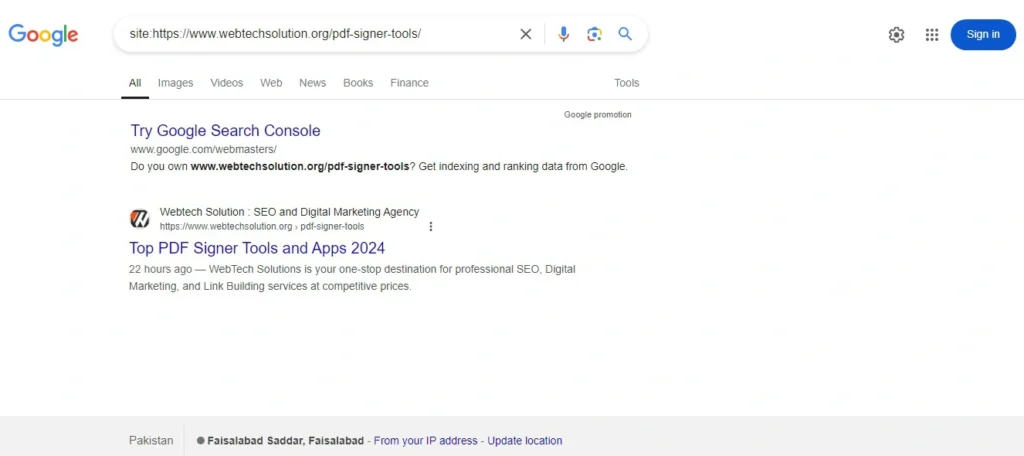
De Indexed Articles
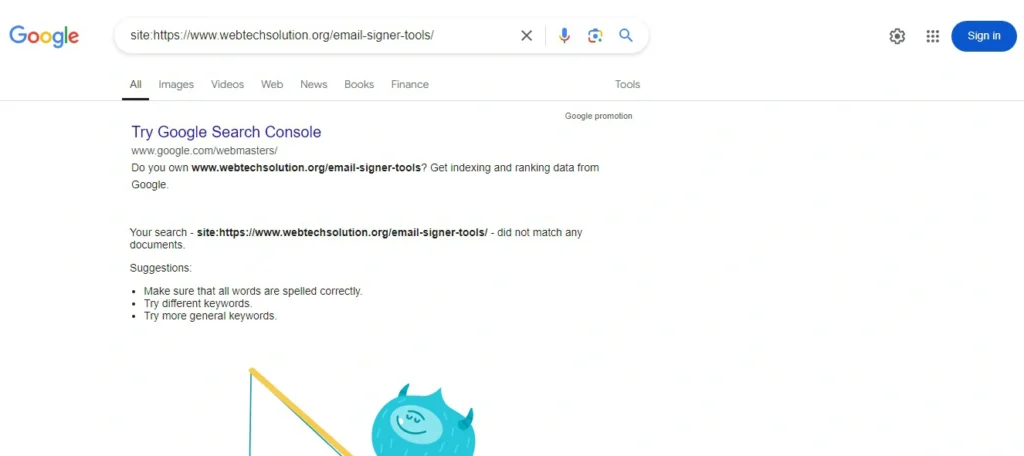
Create a list of the articles which are de indexed. The best way to deal with such published content is to remove them as soon as possible. It is because Google has deindexed them as it finds nothing worthy inside it to make it appear in the SERP.
On the other hand, if you think that the content can be fixed, you must go with this option. The strategic ways for fixing the de indexed content are:
- Remove any outdated information
- Follow White Hat SEO techniques when writing content
- Add more unique infographics and ensure proper Image SEO
- Focus on content optimization and make your articles more informative to provide users with their desired solutions
2- Clean Up Duplicate Content
While publishing the blog posts, there are chances that you may publish the same article twice or thrice, based on which, they will be considered duplicate content. Google is very strict regarding this as it considers it spam.
You must take care when writing new blog posts. In this way, you can avoid publishing the same content again and again. Moreover, if you see duplicate content on your site, you can get rid of it by following the standard procedure as follow:
- Analyze all the blog posts that share the same content
- Delete the articles with outdated information
- Update the remaining posts and make them more authentic and EEAT friendly
3- Identify the Penalty From Google Console
The first step in diagnosing a penalty is to log into Google Search Console. If your site has received a manual penalty, you’ll typically see a notification explaining the issue.
For algorithmic penalties, the signs are often subtler. A sudden loss in traffic, a drop in rankings, or a significant decrease in the number of pages Google indexes can all indicate that something’s off.
4- Google Search Console Error Check
One of the most frustrating parts of Google penalties is that they can be difficult to spot, especially if you aren’t paying close attention to your analytics. However, you can monitor some points from the search console to identify if your site has received a Google Penalty due to expensive website errors.
- A sharp decline in traffic
- No longer ranking for key search terms you once dominated
- Delay in content indexing
- Not getting enough impressions and clicks as compared to the usual
Has your traffic dropped sharply? Are you no longer ranking for key search terms you once dominated? These could be signs that something is wrong.
5- Disavow Toxic Links
Backlinks are one of Google’s algorithm’s most powerful ranking factors but can also be one of the most significant risks. If your backlink profile is full of low-quality, spammy links, it’s only a matter of time before Google takes notice.
While link building is essential to any SEO strategy, it must be done right. You must pay attention to the Do Follow and No Follow links. When cleaning up your backlink profile, you must identify which links do more harm than good.
Tools like Google’s Disavow Tool can help you signal to Google that you don’t want certain links to be considered when evaluating your site. However, you must know how to disavow links properly, as it can significantly impact your site’s rankings if not handled correctly.
6- Fix Internal Links & External Links
When you trash or delete the useless and deindexed articles from your site, there are chances that you will suffer from internal linking errors. If you do not focus on this aspect, Google will continue penalizing your site. Ultimately, it becomes more challenging to recover your site and get it back into the rankings. Therefore, you must fix these internal links. The following are the key tactics to follow in this regard.
- Check your all published content and identify the links.
- Remove all the links to the articles that you have trashed, often termed as broken links.
- Monitor all other internal links and make sure they all are relevant to your original article.
You also have to check the external links added to your content. If they are directing your users to malicious sites, Google will surely penalize you. That’s why you have to remove them as soon as possible.
7- Run Google Ads
After following the tactics mentioned above, it is important for you to wait for some days and monitor the changes. If you see minimal or no improvement, you should focus on running Google ads. It is one of the key tactics that can help you recover your site from penalty.
When you write high quality content and promote it with the help of Google Ads, it will likely benefit you in the search engine rankings. Furthermore, you can run campaigns on social media which will give your site social signals. It also lets you bring your site back in the rankings.
Why Hiring an Expert for Penalty Removal is Critical?
Recovering from a Google penalty isn’t easy. It’s a process that requires patience, precision, and a deep understanding of SEO. That’s why many businesses work with experts specializing in penalty removal.
These professionals know exactly what Google is looking for, and they can help you navigate the recovery process without making costly mistakes. Whether conducting a thorough site audit, cleaning up your backlink profile, or ensuring your content meets Google’s guidelines, having an expert on your side can make all the difference in getting your site back in Google’s good graces.
Final Thoughts
Recovering from a Google penalty isn’t just about fixing a few mistakes. It’s about building a long-term strategy that ensures your website stays on the right side of Google’s algorithm. With the right approach, you can reclaim your rankings and build a stronger, more resilient online presence.
Investing in quality content, maintaining a clean backlink profile, and staying up to date with SEO best practices can safeguard your site against future penalties and ensure your hard-earned rankings stay intact and give you the desired benefits.

